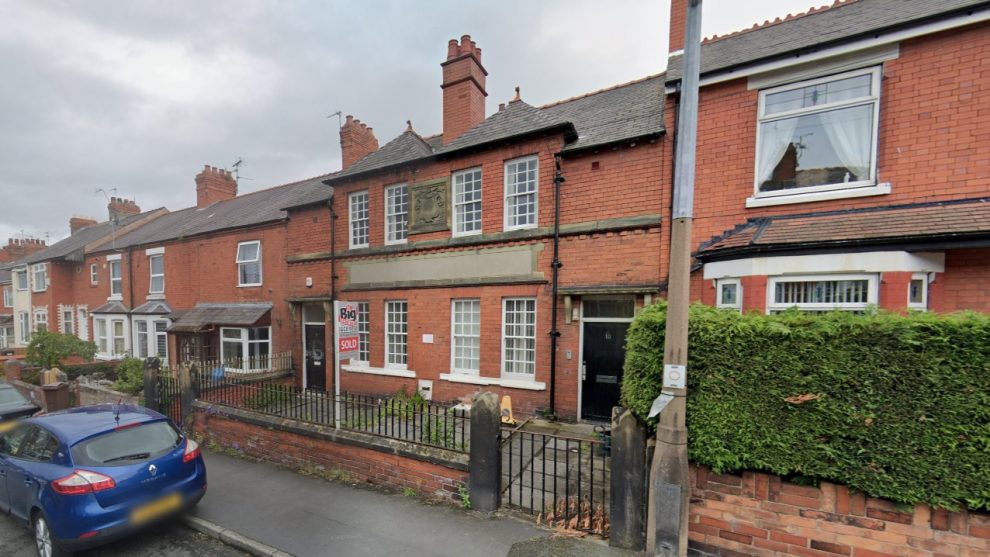PLANS have been submitted to transform a listed former police station in Shotton into a home.
The Grade II listed building on Salisbury Street was built in 1901, as the terraced houses surrounding it were also under construction.
Believed to have been designed by Flintshire County architect Samuel Evans, the police station is symmetrical on the outside – with two external front doors – but not internally.
It became a youth employment centre in the 1960 before being taken over by the Probation Service through the 80s and the latter part of the 20th century.
It has been vacant for a number of years and attempts to sell the building have not been successful.
North Wales Police have now applied for listed building consent to turn the building into a large single-family home.
On the History of Shotton website, Bryan Jones of Shrewsbury recalled moving into the police station in September 1938.
“Sandbags were being put up to protect the windows in the event of air raids. My father was PC 28 John Jones. Sometimes we would collect pieces of shrapnel in the playground the day after an air raid on the steelworks. Other days watch dog fights high up in the sky.”
Another contributor, John Roberts of Boromborough, recalled: “I moved to the police station in Salisbury Street in 1942.
“My father Robert Roberts, PC 36, was promoted to sergeant. One of my early memories is of a few World War One vintage Lee Enfield rifles which were held in the cells for the Home Guard.
“Another memory is of VE day and the street party which followed. My parents had managed to preserve a set of Christmas tree lights, which somebody hung in a V from a rope across the street. Unfortunately, after a few days in the open they were useless, but we all felt it had been worth it.”
The building features two entrance corridors and four rooms at the front, with a large 6.7m x 6.1m room at the back with a kitchen.
There are two downstairs toilets and a shower while upstairs there are three more large rooms, another kitchen and two more toilets.
The building still retains its original – though worn – sandstone police crest featuring its year of construction.













